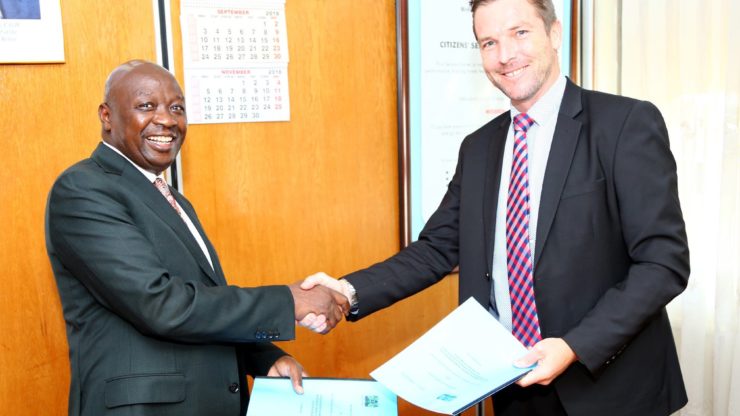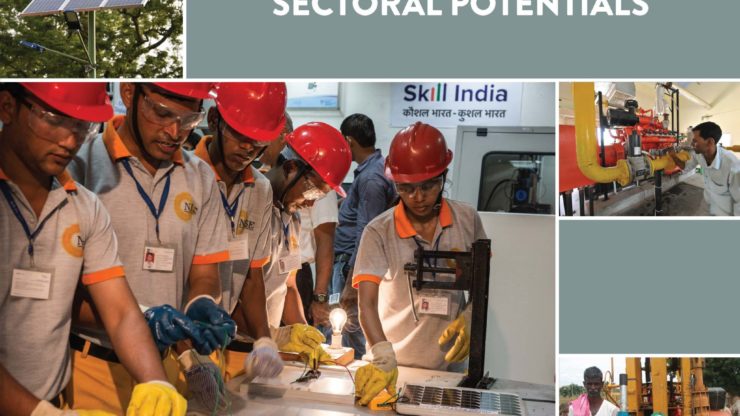Energy efficiency is considered the “low-hanging fruit” of reducing greenhouse gas emissions from the energy sector. It is a highly effective and economic way to reduce emissions, but global investment is critical.
A new manual provides an overview of innovative financing mechanisms and business models, including case studies from around the world.
The manual was written by BASE (Basel Agency for Sustainable Energy), with experts from the UNEP DTU Partnership Copenhagen Centre on Energy Efficiency providing input for research and peer review of the manual.
A growing potential
The potential for energy efficiency gains is growing with the increase in energy demand, particularly in developing economies. Yet global investments in energy efficiency slowed in 2017.
New financing mechanisms and business models for energy efficiency need to be implemented to avoid stagnation.
The aim of this manual is to provide an overview of the available financing mechanisms, and business models that can spur new investments in energy efficiency. It focuses on technologies covered by the United for Efficiency initiative – air conditioners, lighting, electric motor systems, refrigeration, and power distribution transformers. Products that together consume over half of the world’s electricity.
The Copenhagen Centre on Energy Efficiency is a collaborating centre to the UN Environment United for Efficiency initiative, and has vast experience in developing viable business models for overcoming barriers and implementing efficient solutions in the developing world.


